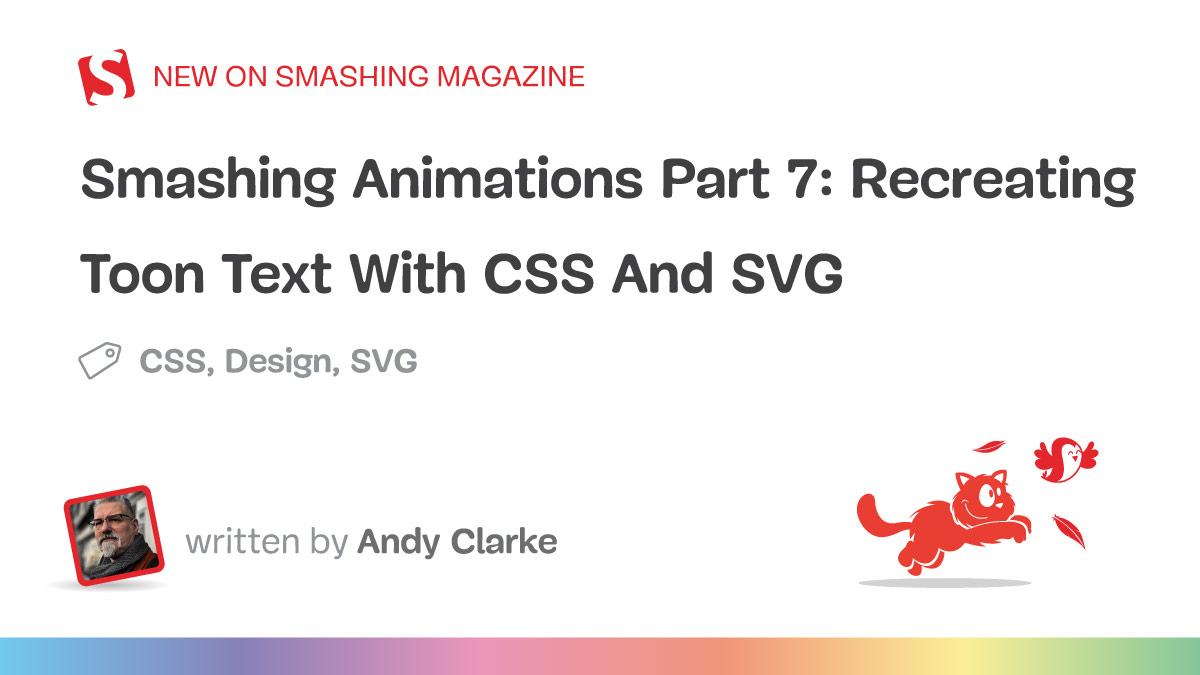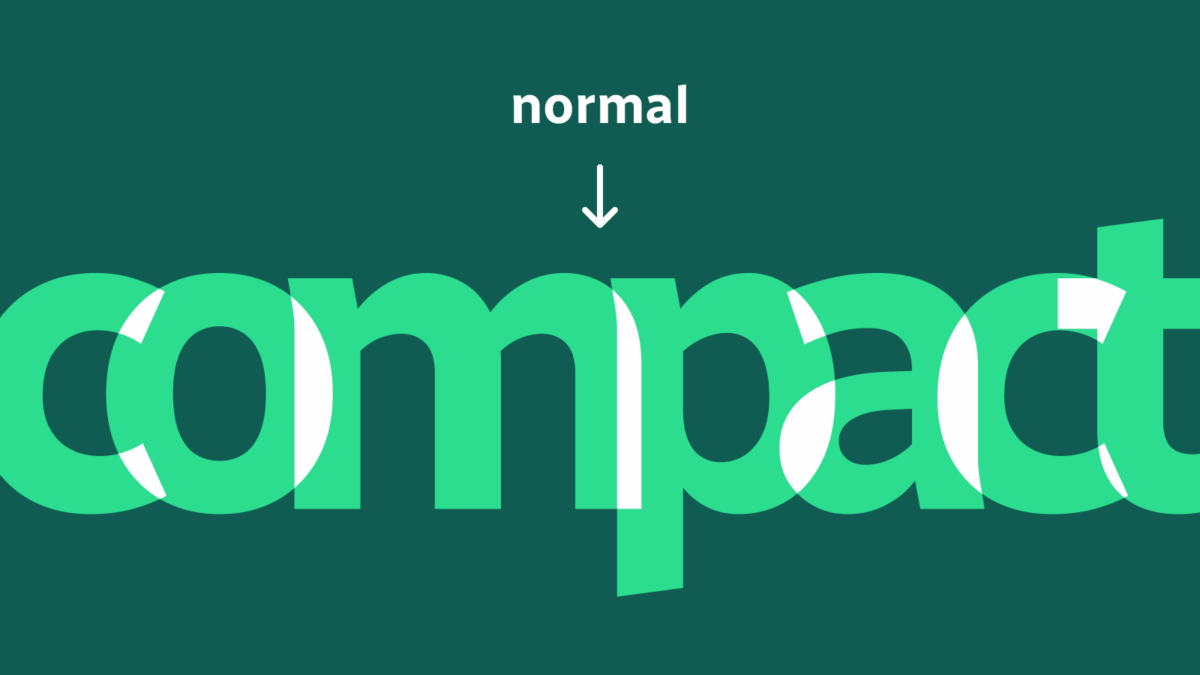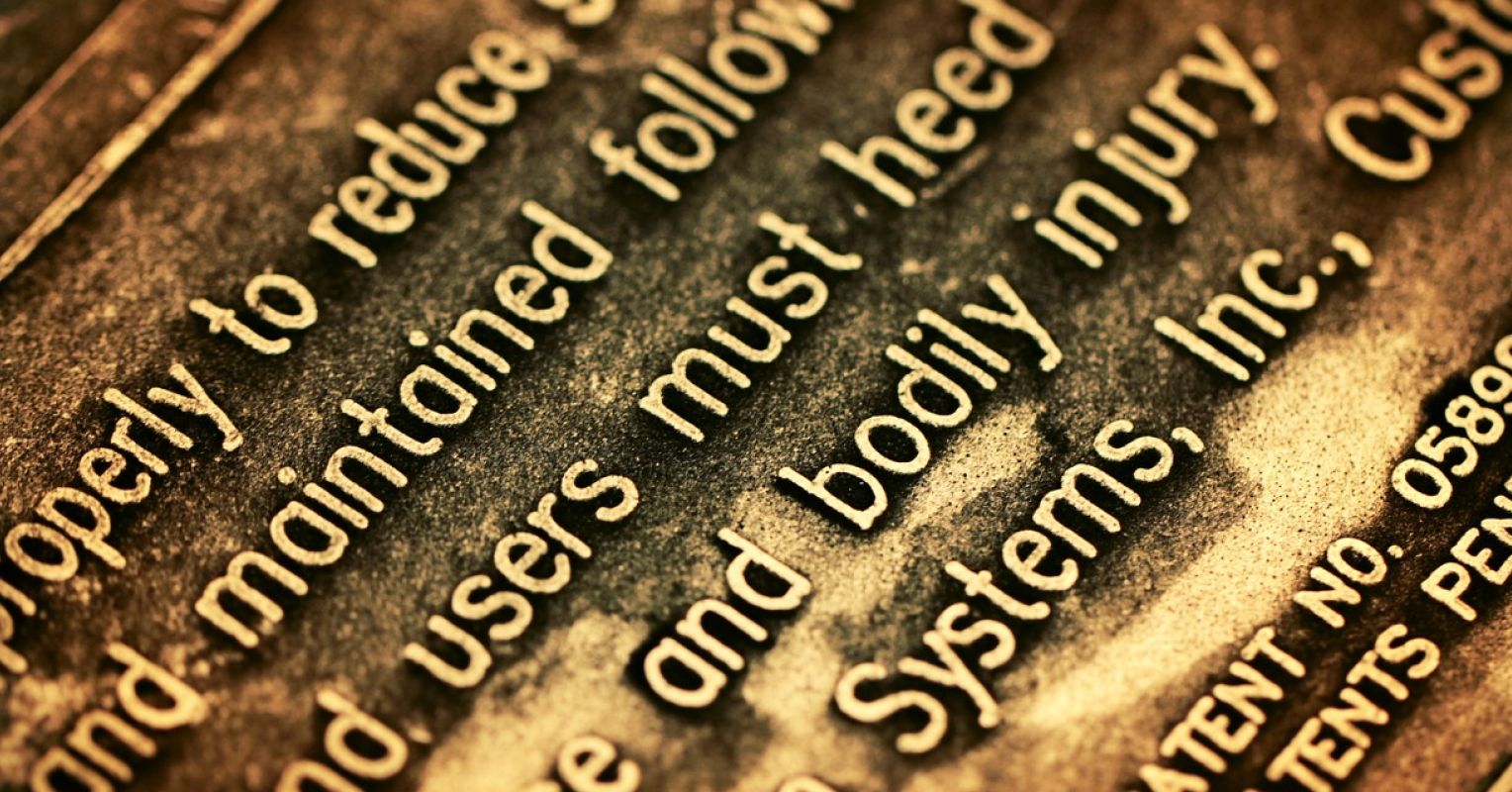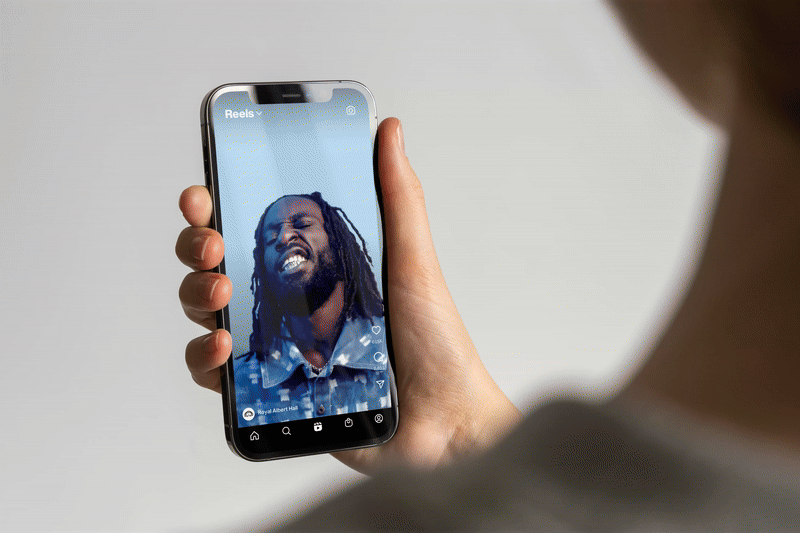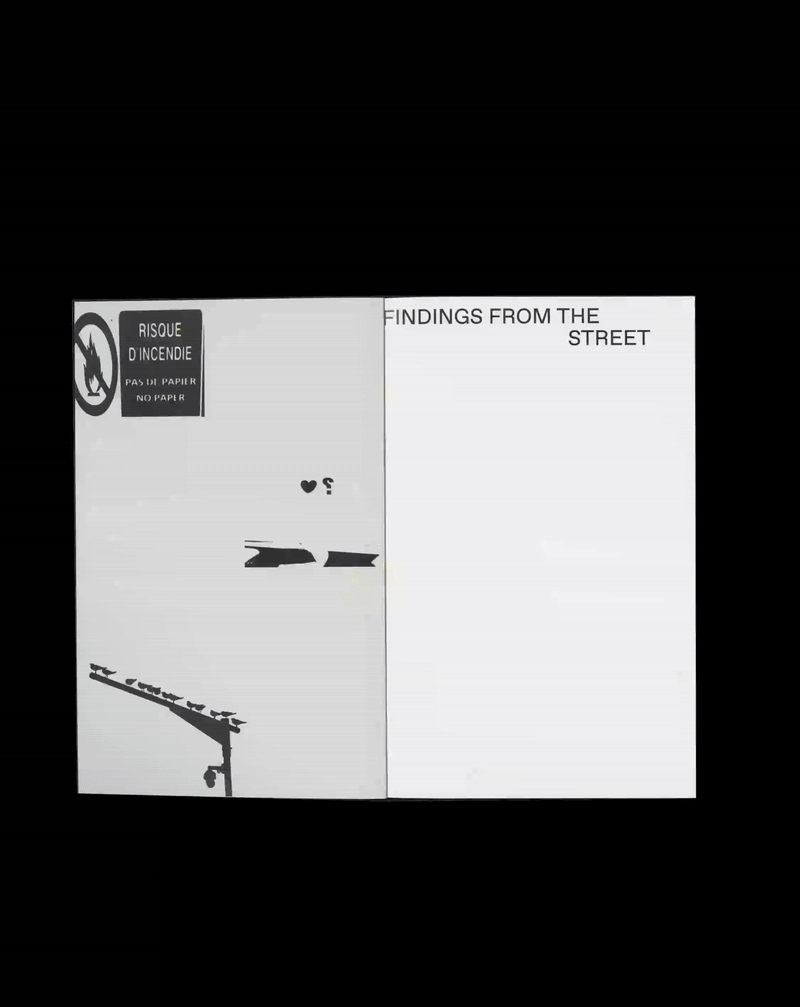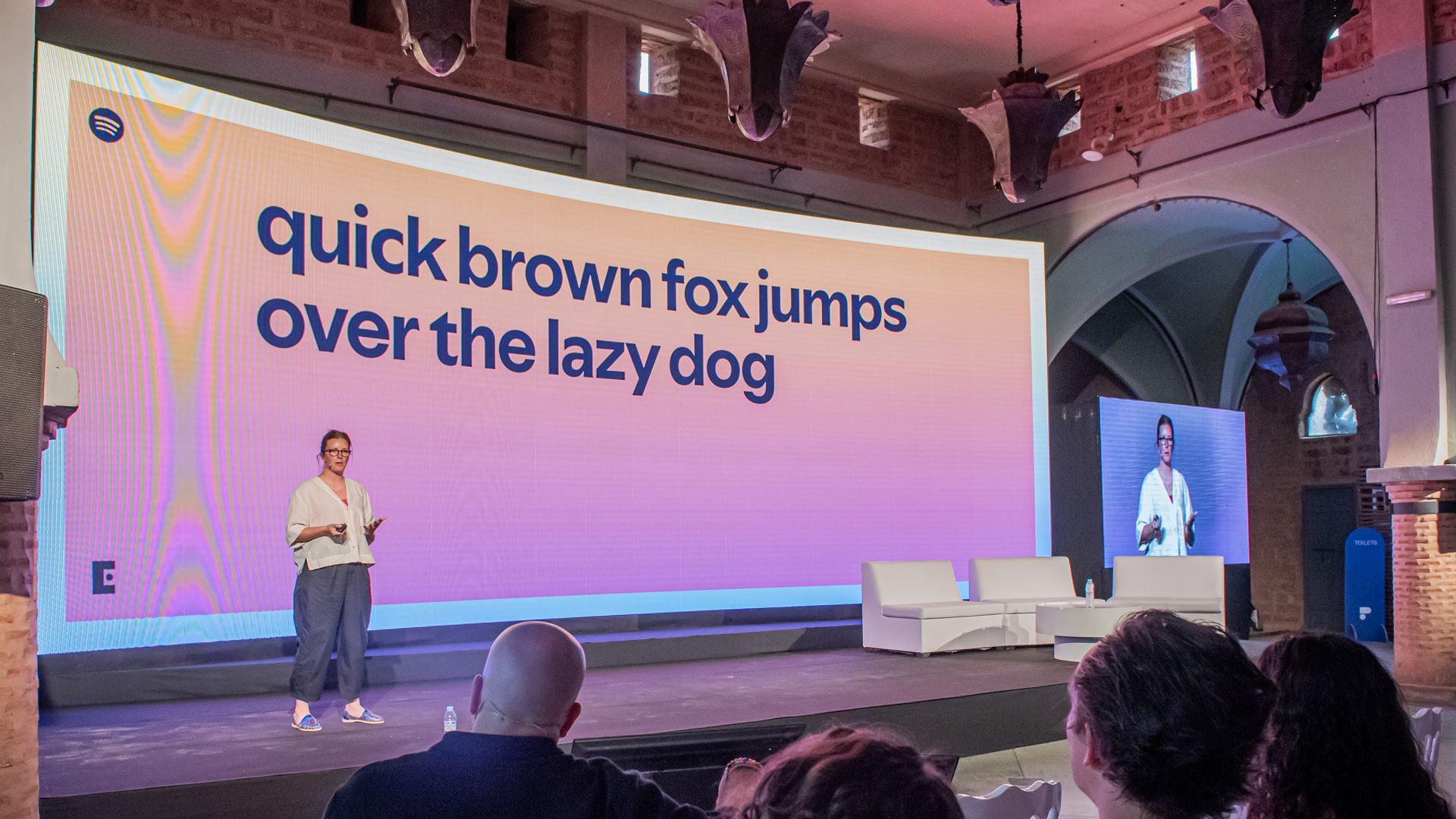fromInside Higher Ed | Higher Education News, Events and Jobs
2 months agoThe Em Dash Debate We Should Be Having (opinion)
It seems a day does not go by without seeing someone confidently assert on social media that an em dash is not an indicator of AI-written text. Those social media posts are in response to an ongoing debate about whether or not the em dash is a dead giveaway of writing produced by generative AI. Some writers and academics resent that their cherished em dash is getting a bad rap. As one writes, "You can take my em dash from my cold, dead hands."
